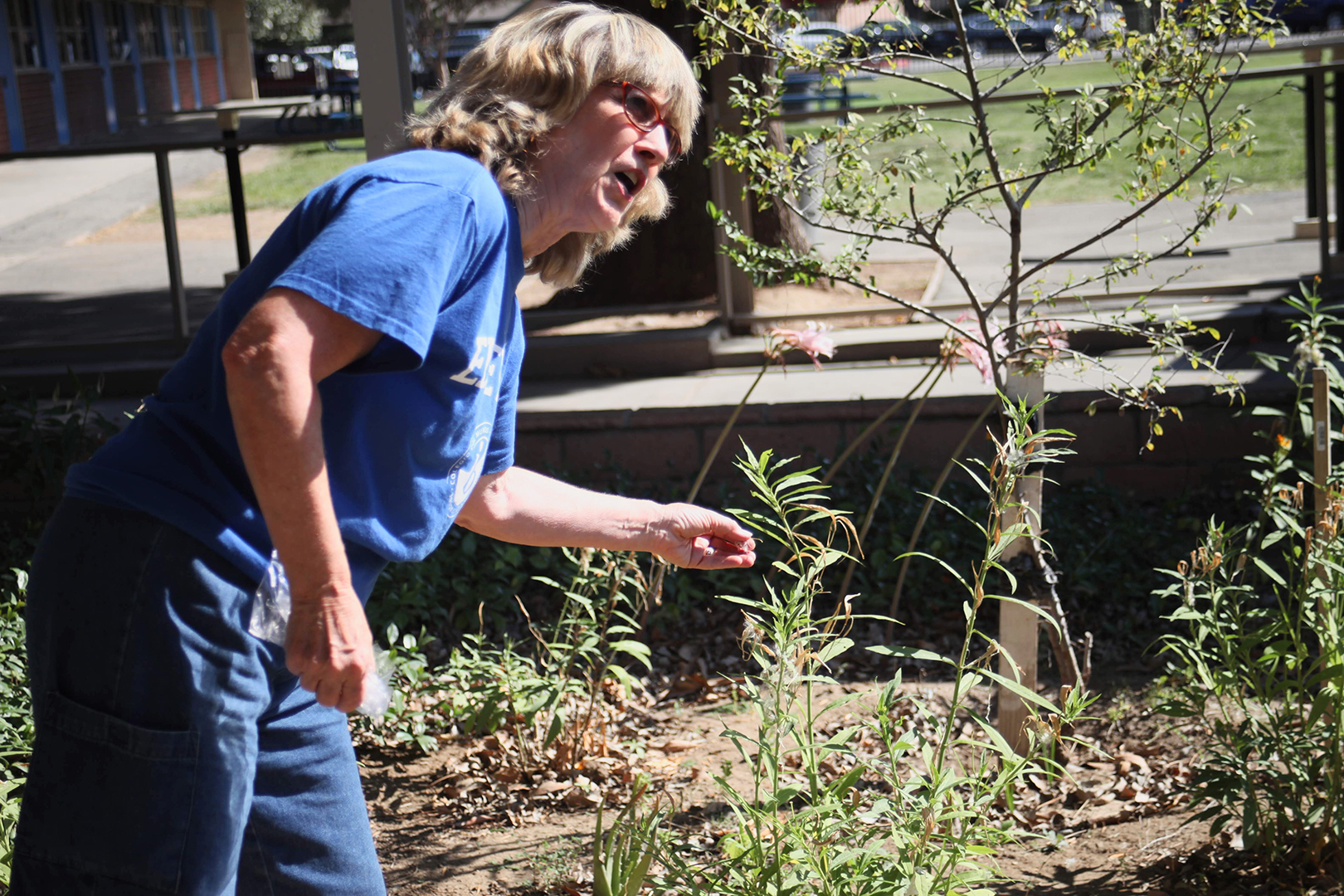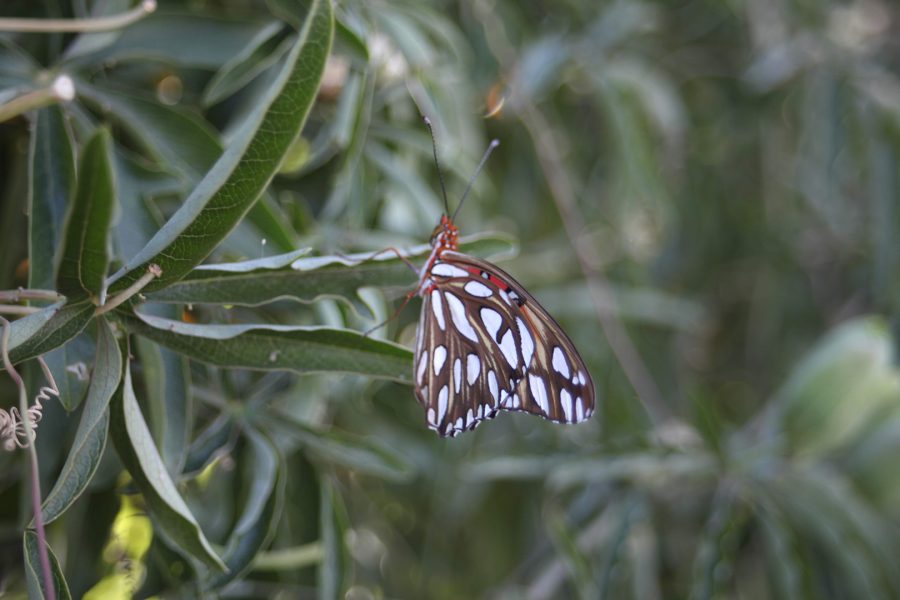The Edgewood schools of West Covina have been doing their part in caring for the local ecosystem since 2016, when the Butterfly Club finally spread its wings. This led to Edgewood’s transformation into a nationally recognized Monarch Waystation and a habitat for the now 18 species of butterflies, which have been recorded by the club since its installation.
With gardens spread in the quad, by the gymnasium and in between classrooms, not a minute goes by where you won’t be able to spot the colorful wings of the monarch butterfly or the graceful flight of the giant swallowtail.
The club was the fruit of the mind of Sharon Smith, a now retired art teacher who worked at Edgewood for 20 years.

Smith remembered growing up with her big brother and father, who was chair for the Department of Science and Math at Fullerton College. Smith and her brother were captivated by the scientific endeavors and experiments they would see as children walking about the classrooms.
“They were growing crystals, and they had insects and all kinds of stuff. So we loved science,” she said. “And our dad really encouraged us.”
One Christmas, he bought them butterfly nets.
Then started their adventure into the world of butterflies. Smith’s brother soon got into the art of pressing the butterflies they would catch while out on their so-called “butterfly hikes.” Smith said that he now has a collection of butterflies he has been accumulating since the fifth grade.
She remembered that her brother would use her as a pack mule while they were out in search of the beautiful insects.
“He loaded me up like a pack mule with all the killing jars,” she said. “And that way I got to spend time with my big brother, which was awesome.”
As an adult, Smith continued to raise butterflies as a hobby.
One day, Smith happened to have some monarch caterpillars at home, which she decided to bring to work to show her students.
She recalled in distress of when those same caterpillars began to emerge from their chrysalis in their adult form. To her dismay, most of her class couldn’t care less.
“It was happening live in my classroom, this miracle of nature, and the attitude of students was, ‘Why bother walking across the classroom when you could watch it on Youtube any time?’”
But there were kids who were fascinated. Smith’s response was to take these students and have them start the Butterfly Project.
Soon, the students who couldn’t care less were unable to walk a foot on campus without a butterfly fluttering into their face.
She remembered one of the first times her club raised caterpillars to release; a student who was holding a newly-born butterfly described the experience as magical, and that’s when she knew she was doing the right thing.
Once Smith retired, the club was handed off to Dolores Gomez, a new biology teacher at Edgewood.
She recalls asking about the butterfly gardens during her hiring process, and was surprised to hear that they were all over campus.
To Gomez, seeing the butterflies all over gives the school a unique atmosphere.
“At most campuses, you’ll see that maybe one butterfly might fly by every now and then, but here you see them every single day,” she said.
Gomez said that having students interact with the flora and fauna helps them learn about the different insects on campus and use it as a form of relaxation. Sometimes students whom she had never seen before would come in with an injured butterfly or caterpillar.
Gomez said that she definitely wants to keep running the club because the students love it, and is planning on taking club members on field trips later in the school year.
Taking charge of the club, Gomez doesn’t see any end in sight, and is planning on new gardens, insect projects involving creatures such as praying mantises and bees, and field trips for the students later in the school year.
“I want to keep going at the butterfly club,” Gomez said. “The kids love it.”


